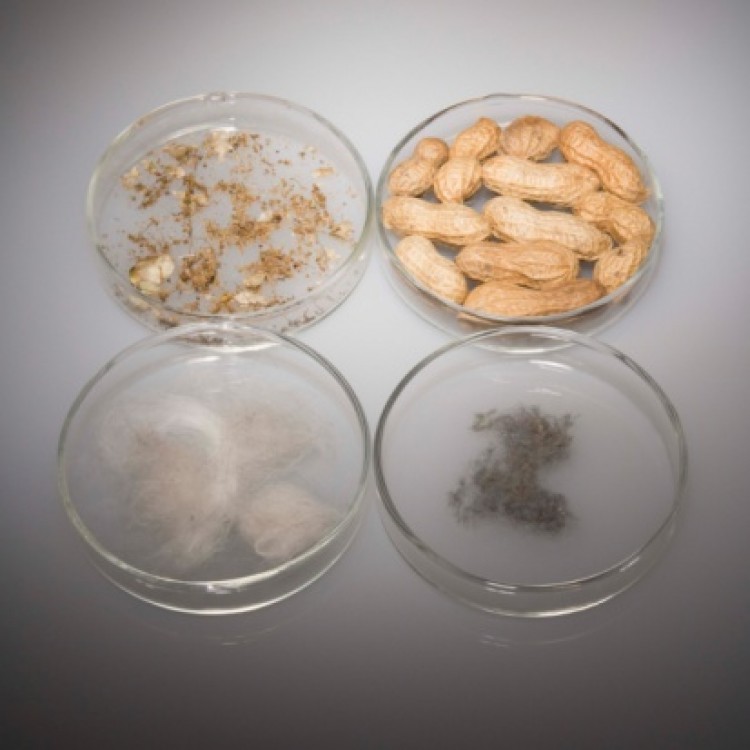More children in the United States might have food allergies than previously estimated, according to a new study in Pediatrics published early online on June 20.
Led by Dr. Ruchi Gupta at Northwestern University Feinberg School of Medicine, a team of researchers surveyed over 40,000 U.S. households with children.
They found that almost eight percent of children—nearly six million individuals under 18 years old—have food allergies. That is double the percentage estimated from the 2007 National Health Interview Survey.
Of these children, 30.4 percent have multiple allergies, and close to 40 percent have histories of severe reactions, with the most common causes being peanuts, milk, and shellfish.
“The large, population-based nature of this study shows that pediatric food allergy is a significant and growing problem in our society,” says Gupta in a press release. “Based on our data, about 1 in every 13 children has a food allergy. What’s more, nearly 2 out of every 5 affected children suffer from a severe food-allergy.”
“For these children, accidental ingestion of an allergenic food may lead to difficulty breathing, a sharp drop in blood pressure, and even death,” she added. “Now that we understand just how far-reaching the problem of food allergy truly is, we can begin taking the necessary steps to keep these children safe.”
The researchers also found differences in the odds of possessing and being formally diagnosed with a food allergy based on race, income, and geographic distribution.
Asian and black children have higher odds of having a food allergy compared to non-Hispanic white children, but have lower odds of receiving a medical diagnosis.
Likewise, those in households with incomes lower than $50,000 have half the odds of having a food allergy compared to those with household incomes of greater than $50,000, but also have half the odds of having it confirmed.
The researchers found that those living outside the Midwest compared to those living within to have higher odds of having a food allergy.
“By understanding why some children are affected by food allergy while others are not, we can begin to better focus our efforts on finding a cure,” says Gupta.
Food Allergies More Common and Severe in Kids: Study

By Ginger Chan
6/20/2011
Updated: 10/1/2015







Friends Read Free